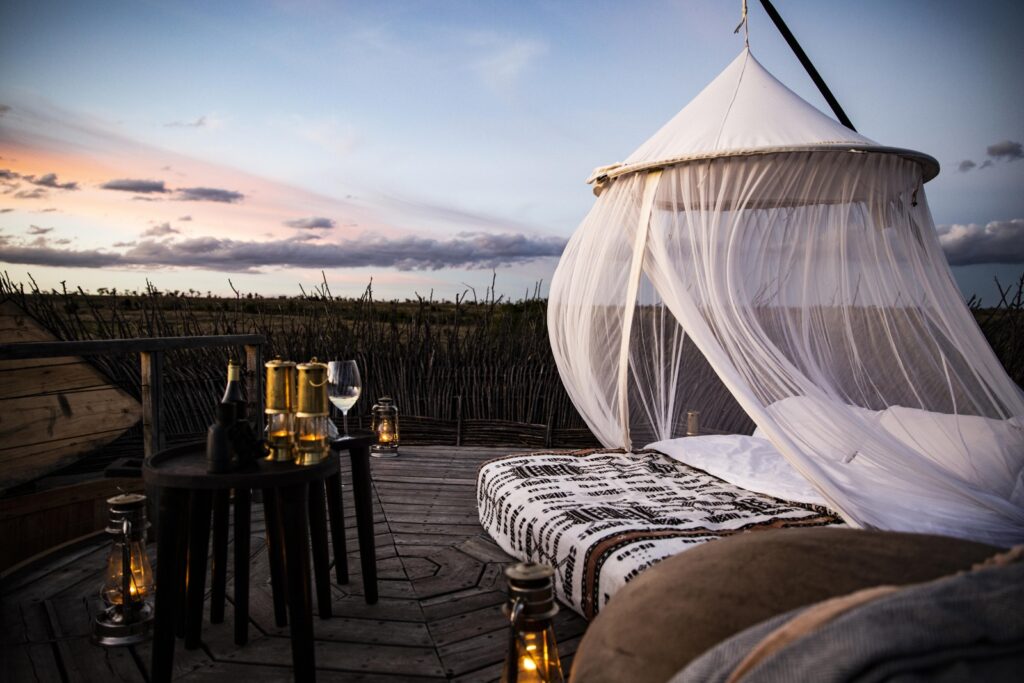
Japan’s Most Polarizing Superfood
By Matthew Owens
With its sticky texture and bold aroma, nattō can be an acquired taste—but for millions in Japan, it’s a superfood tied to health, culture and home.
Nattō (pronounced nah-tow) may be an unusual-looking word—and if you’ve never heard of it, you’re not alone. Unlike its more illustrious culinary cousins (think tempura, ramen and sushi), nattō hasn’t yet crossed the Pacific into the everyday lexicon of Japanese food abroad.
Its obscurity stems from its most infamous properties: a pungent odour and slimy, mucous-like texture. But don’t let that put you off. Beneath the shock factor lies a complex, fermented powerhouse of flavour that many believe could become the next “it” superfood.
So, what exactly is nattō? Traditionally, soybeans are boiled, wrapped in straw and left to ferment with naturally occurring bacteria. Within days, the beans appear largely unchanged, but a pale, mould-like film clings to them. Stirred with chopsticks, this film stretches into sticky threads that bind the beans together, creating nattō’s signature stringy texture. The process also releases a distinctly earthy, blue cheese–like aroma.
For many, that first impression is where it ends. Yet, much like strong cheeses or kimchi, nattō’s taste belies its appearance. The flavour is subtle yet rich, with an earthy tang and an intensely savoury aftertaste—especially when mixed with the traditional condiments of sweet soy sauce and mustard.
Beloved in Japan, nattō is prized as a high-protein food (over 15 per cent) packed with gut-friendly bacteria and vitamins. It’s also remarkably affordable: a 45-gram tub can cost as little as 30 cents and is available fresh across the country. “If I only eat rice at breakfast, I won’t feel full. I think it’s because of how much protein there is,” says Yuka Megumi, a 29-year-old nursery school teacher. “I eat it every day, and if I don’t have it for breakfast, I’ll have it as a side with dinner.” She adds that variety is part of the appeal: “We always have three kinds in the fridge—chopped for my dad, soft for me and standard for my sister. There’s something for everyone.”

While mass-produced nattō remains the norm, some chefs are elevating it to new heights. At Hidariuma, a five-seat bar in Tokyo, owner Shōjirō Murakami serves a nattō-themed set menu in a rustic space decorated with homemade straw ornaments. Fascinated by fermentation, Murakami took a course on natural straw-fermented nattō and now produces his own on site, teaching the process to others along the way.
“I’m one of only a few restaurants that still use organic rice straw for my nattō,” he explains with pride. “If it’s touching something people will eat, I don’t want any chemicals.” His creations include whipping nattō into a paste for a hummus-like dip served with roast potatoes, stirring it into a thick sauce for mackerel and even blending it into a surprisingly refreshing smoothie.
“If I wanted to make a lot of money, I’d go back to polka,” Murakami jokes, flashing a toothy grin. But for him, the joy is in innovation, not profit.
For devotees, nattō is more than a curiosity. It’s a nutritional staple, rich in culture and character. And while its bold flavour and texture may challenge the uninitiated, it remains one of Japan’s most enduring—and intriguing—superfoods.








